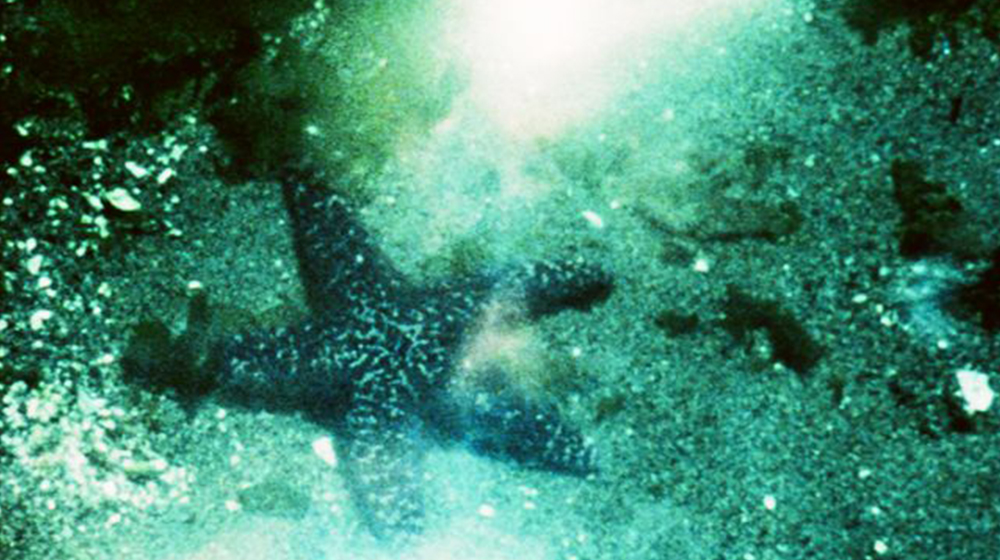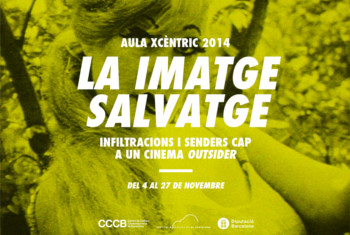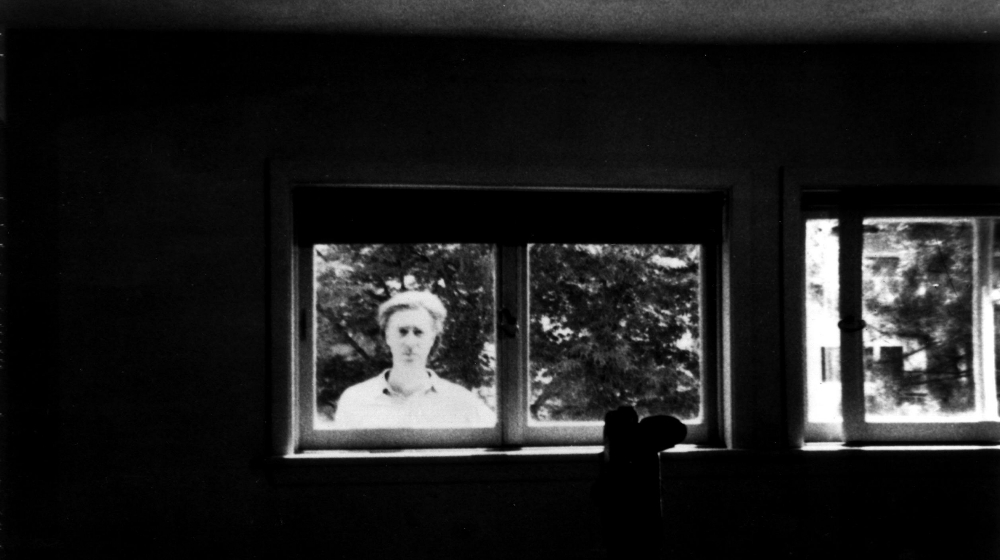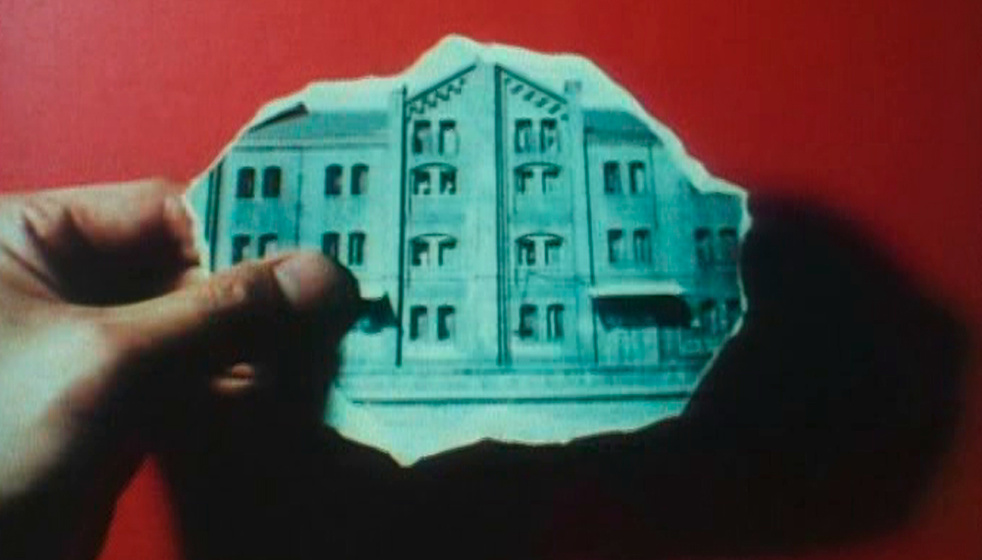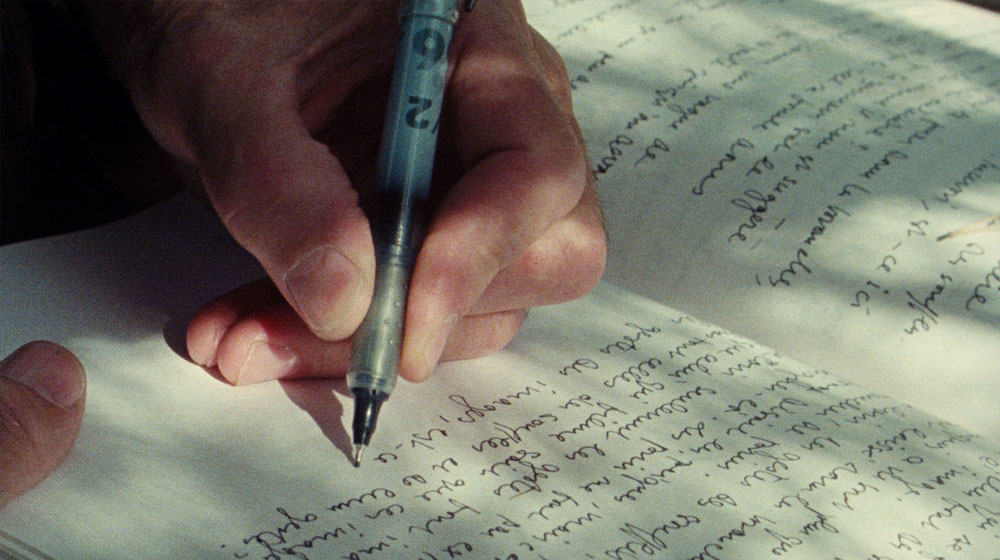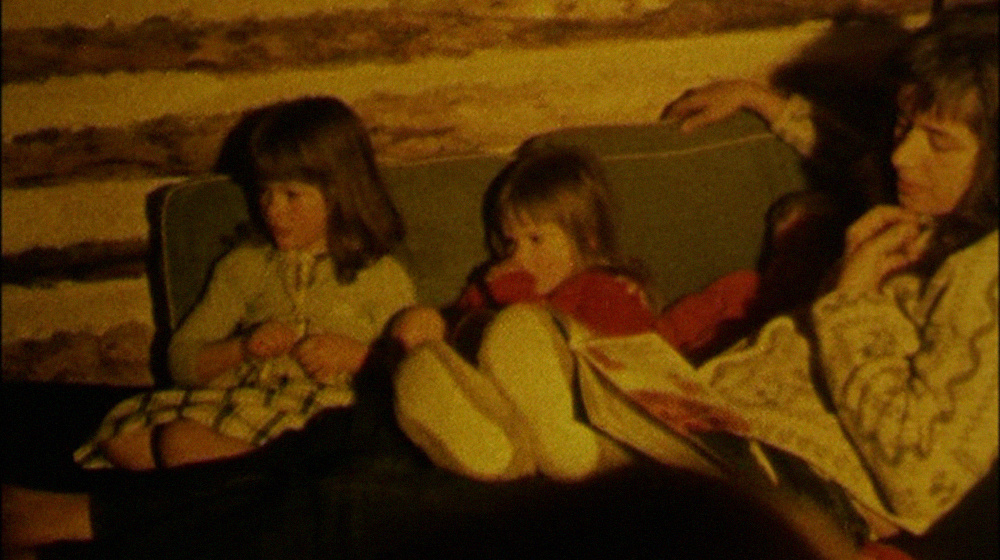Stan Brakhage’s best-conceived and expressed statement of principles may now seem almost a visionary complement to Imagine, the famous John Lennon song. In reality, it signifies a utopia noticeably earlier to the one in that song. It started as a letter which the experimental filmmaker wrote to P. Adams Sitney - who a few years later was one of the founders of the Anthology Film Archives - but it was then published in the form of an essay or manifesto (Metaphors on Vision, 1963), and has since been reproduced and quoted often, albeit with frequent dubious interpretations. I refer once again by quoting his first paragraph, because to me that text reveals some key factors that help us to better understand both the intention and meaning of all of Stan Brakhage’s poetic and visionary cinema:
“Imagine an eye unruled by man-made laws of perspective, an eye unprejudiced by compositional logic, an eye which does not respond to the name of everything but which must know each object encountered in life through an adventure of perception. How many colours are there in a field of grass to the crawling baby unaware of “Green”? How many rainbows can light create for the untutored eye? How aware of variations in heat waves can that eye be? Imagine a word alive with incomprehensible objects and shimmering with an endless variety of movement and innumerable gradations of colour. Imagine a world before the ‘beginning was the word’.”
So, that’s what Brakhage films are like... and there’s no need to take lysergic acid or peyote, or absinthe or anything like that in order to perceive the world in that way. However, in order to sense in order to sense the poetry that the mere existence offers to all of us, what we may need to do is pause and contemplate, opening and widening our perception not just on a practical level, but daring to contest our actual sense of vision – either direct or mediatized – by discarding our usual routine. And that sense of poetry can also be transmitted without words, it can be discovered and shown through visual, photographic, cinematographic and videographic media and means: framing, zooming, aperture, visual rhythm with change of shot or camera movement or of figures, depth of field, focus and blur, optical distortions or material etc. These types of elements contribute to the finest experimental cinema.
A cinema independent of other arts
I think that what Brakhage was proposing in this statement, and what he tried to create and show in his cinematographic work was the possibility of a certain innocence existing in this world, maybe an experience that was at least visual of an earthly paradise following the mythical expulsion from paradise as narrated by biblical mythology. That possibility could be found and expressed through cinema. However, it would be a liberated cinema, as the pioneer Jonas Mekas wanted, a cinema free of myths from the past and the need for their representations – even to actually transgress them. Here was a cinema free of the more literary and obsolete part of surrealism and the other historical avant-garde concepts, no longer relying on any previous cinema arts and particularly to theatre or novels. It was about creating cinema based on visible reality and its own medium’s particularity, one that was enlightening, revealing visions that are only possible through the camera and/or the film’s materiality.
Brakhage made more than 350 films of very different footage between the years 1952 and 2003, with many of them barely screened due to lack of funding to make copies. Over the fifty years of his filming career, he paid particular attention to some of the essential topics of any human existence: birth, first visions, the discovery of the world with its light and shade and colours, love, sex, the experience of how time gives and takes, the need to turn chronological time into rhythm and musicality, transformations, nature that is both wonderful and at the same time terrible, creative and destructive energy, physical or mental illness, death, experiencing or glimpsing the sacred in immediate daily life, celebration of beauty and life despite everything, and also spiritual unrest and the quest for eternity.
In a way, his images, which were nearly always silent with some amazing exceptions, such as the strange relationship established with the music/sound in the 1992 film Crack Glass Eulogy, could be considered as a way and model of life; of another potential life, free, fluid and blameless, different to those from the materialistic, commercial socio-economic programmes that were either suggested or imposed for centuries. Brakhage wasn’t naive, but he showed and offered a different way to be in the world, one that he had glimpsed with the help of a fresh eye, no longer just his own, human and cerebral. That new cinematographic vision served to remind us of a generally forgotten possibility, a new type of innocence following the prejudices held in the past, a normalising, restrictive and mistaken education. It proposed and recovered a perception, comprehension and experience of things that were happily unlearned, not alienated, discovered with one’s own eyes and feelings. An independent vision of conventional frameworks, seemingly logical and rational.
It’s no surprise that nearly all his films are silent. His language is neither documentary, nor narrative, figurative or explanatory. There is no logic or sequence of causes and effects in his films, but rather a type of absolute presence, a fragmented and fluid present which can be considered the cinematographic equivalent to the best verbal poetry visions and the finest pictorial and photographic abstractions.
The presences in his films are often incomplete, fleeting, abstract. They are fragments created to gain rhythym, more fleeting glimpses than actual figures, where they are absent or change or disappear; they’re erased by excess or lack of light. His cinema is a type of visual music, made up of rhythms, textures and light that prevails even when it is cut due to lack of source or subject matter and its shadow. These are interposed between the human and cinematographic eye – looking at backlighting – and this same light is what vibrates, what we all share as human beings. Perhaps the term backlighting is unsuitable with regard to those who go – or we who go – towards the light and not against it.
The music of light
When Brakhage died of cancer in March of 2003, the newspaper La Vanguardia published a piece on him which I called “The music of light”. That expression, the music of light, struck me as a perfect summary of the fundamental aspect of Brakhage’s cinema, although I admit that I didn’t formulate this notion at the time or base it on his work, but rather from my own prior experiences: through contemplation of the traces of light on moving water and reflection of my own photographic and cinematographic work. This expression is also found in my poetry, for example in the final poem of my book Antinaufragios. At the same time, I happen to find it particularly easy to understand Stan Brakhage’s work while it is very difficult to write about – and it’s like this because my photos and films form part of that same abstract, visionary “family”, with its fascination for light formations while foregoing its practical function. Brakhage has been an important pioneer within experimental cinema in some aspects, but he’s not the first to have explored that abstract and visionary line and, fortunately, he won’t be the last either.
In experimental cinema – and also in photography and other visual arts – there is a line of exploration that pays special attention to the most fluid elements in nature, -starting with light- and the very essence of the medium. The essence of cinema is temporary (which involves the possibility and expectation of transformation), relative (expression is produced through physical relationship and subjective association between frames and between successive takes) and photographic (shapes are determined by the presence or absence of light, from either the filming or the drawing, from the painting or any other intervention in the film or in the screening).
In cinema, the true pioneers of that line who were fascinated or possessed by light weren’t always duly acknowledged. This could be due to them creating their work far from what was the great cultural capital in the mid-twentieth century, New York, as was the case for the Spanish Andalusian fimmaker José Val del Omar Aguaespejo granadino (Water-Mirror of Granada, 1953-1955), or the fact that the there were women working in an area where male talent was acknowledged more. This was the case of Marie Menken, whose short cinematographic poems made between 1955 and 1968 came before Brakhage’s work and greatly influenced him. And there have also been other authors – among them Andrew Noren- who made splendid contributions along these cinematographic lines, marked by wordless poetry, extreme photofilia and abstraction based on the visible element through a photographic camera.
Although I never knew Brakhage personally, and nor did he ever see my films, just my deep sense of affinity with him leads me to assert that, in his case, spur-of-the-moment intuition during filming, plus his discoveries that came from exploration and chance findings, were always more decisive than any concept or previous programmes. In this, it was different from Michael Snow’s essentialist or the photogramatical, emptied and vibrant cinema of Paul Sharits, Tony Conrad and Peter Kubelka, or the cinematographic collages of Bruce Conner and James Whitney’s mystical geometries. And it was closer in style to the gestural and fluid methods used on expressionist abstract painting.
Most of Brakhage’s films were basically configured on the basis of subjective filming experience, and thereon his creative use of effects considered to be residual such as various optical distortions to do with backlighting. However, in several cases his films were put together thanks to painting experience or a direct rendering onto the film. So too were the scratches on the celluloid: the tools used to draw the signs in his last film, (Chinese Series), were actually his own nails.
Although many of his films are paintings and scratches on celluloid, there were other pioneers in this field (Len Lye, Isidore Isou), and it was also another person who was the author of the masterpiece painted on projectable celluloid. This was the painter José Antonio Sistiaga, in his feature film, excentrically titled in pseudo-Basque and in lower case: ...ere erera baleibu icik subua aruaren... (1968-1970).
Some biographical aspects
Stan Brakhage was not called this when he was born in an orphanage in Kansas City on the 14th of January 1933. His official name then was Robert Sanders but, two weeks later, he was adopted by a married couple whose surname was Brakhage. Knowing this fact adds to a broader insight of his film Window Water Baby Moving (1959), which documents the birth of one of his children – with a natural water delivery – and relates it with the love between the parents of this newborn baby.
Brakhage always read poetry on a regular basis. He dreamed of writing poetry before expressing himself both poetically and visually through cinema. He studied photography, with his teacher being one of finest photographers, Minor White, but favoured the fludity of film over static photography. He also had health issues, which were to add substance and depth to his work. On the one hand he suffered from depression in his youth (as shown in Anticipation of the Night, 1958), but he also had certain problems with his sight and this is what brought about his first reflections on vision, a fundamental topic in all his films. His longest film (lasting four and a half hours) is actually called The Art of Vision (1961-1965).
When he died in 2003, his most renowned works were still some of his early important contributions such as Mothlight (1963), Dog Star Man (1961-1964) and Fire of Waters (1965). The former was a material collage made up of moth wings, herbs and flowers of which none were filmed, but actually glued onto the celluloid. Metaphorically, it was a sort of abstract and existential self-portrait of an artist fascinated by light. The second one meant, as indicated in the title, a new unitive, micro and macro cosmic syntaxis, free of hierarchy, which reminds me of Joan Miró’s constellations: Dog Star Man. And the third, with its lightening in the night, was almost the manifesto of a certain cinema involving apparition, rhythmic duration and fleeting glimpses.
Nevertheless, I believe that Stan Brakhage’s films are a treasure that has still not been fully unearthed, that they are only partially known and acknowledged and that, as he matured and grew older, he made some films which will be recognised as masterpieces in the future. Among these are his three good-bye works: the short Commingled Containers from 1997 that he filmed after finding out that he had cancer; the celebrant anticipatory elegy The God of Day Had Gone Down Upon Him from 2000, and finally Chinese Series (2003), two and a half minutes of celluloid with signs scratched out by a filmmaker who, although seriously ill and debilitated, was still craving for cinema.
A Child’s Garden and the Serious Sea from 1991 is the first part of a trilogy, with the second being The Mammals of Victoria (1994) and concluding with The God of Day Had Gone Down Upon Him. In this film, Brakhage evokes his wife Marilyn Jull’s childhood without actually showing her – she didn’t want to appear in the trilogy – and only by shooting certain places in Vancouver: foliage in a garden, or ones in a dark wood shot with fragments of light, a hypnotic ocean, cold and dangerous, a children’s playground distorted by filters and refractions. It is a biographic portrait, made with just a few significant settings that were selected, filmed and assembled like a fragmented flow. Like all of Brakhage’s filming, the principal tool used for vision - the camera - is as important as the filmed reality.
Juan Bufill
